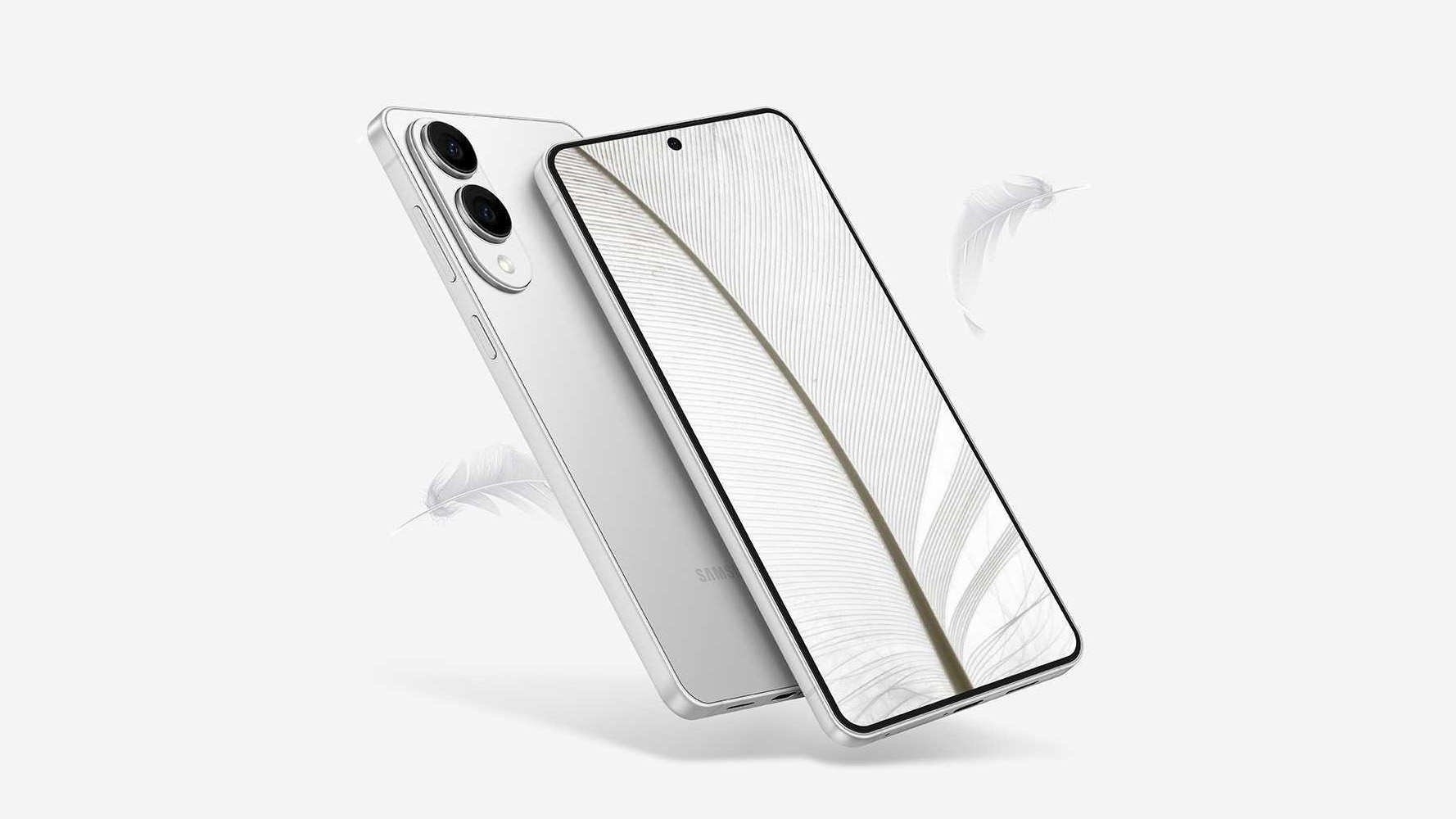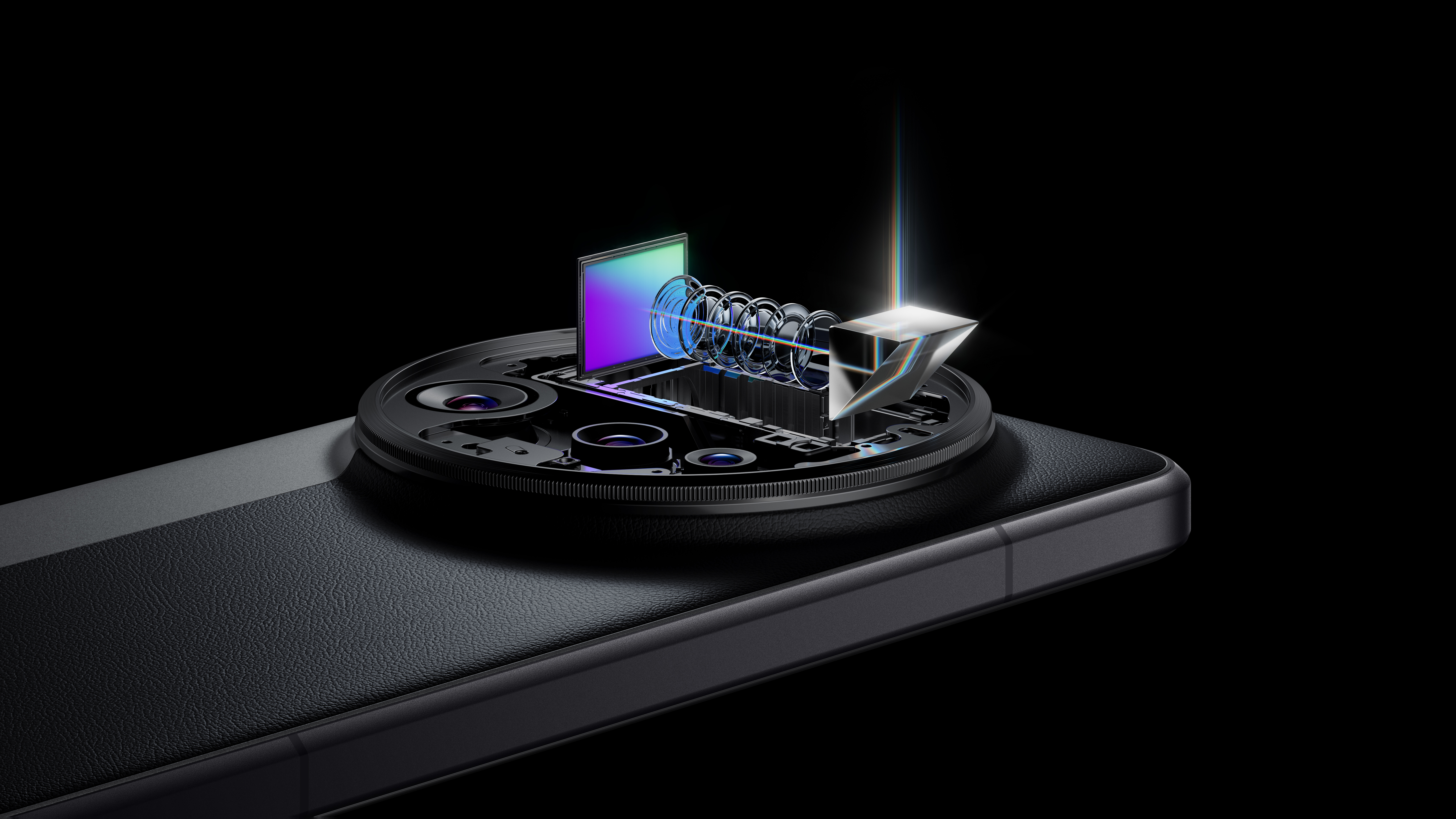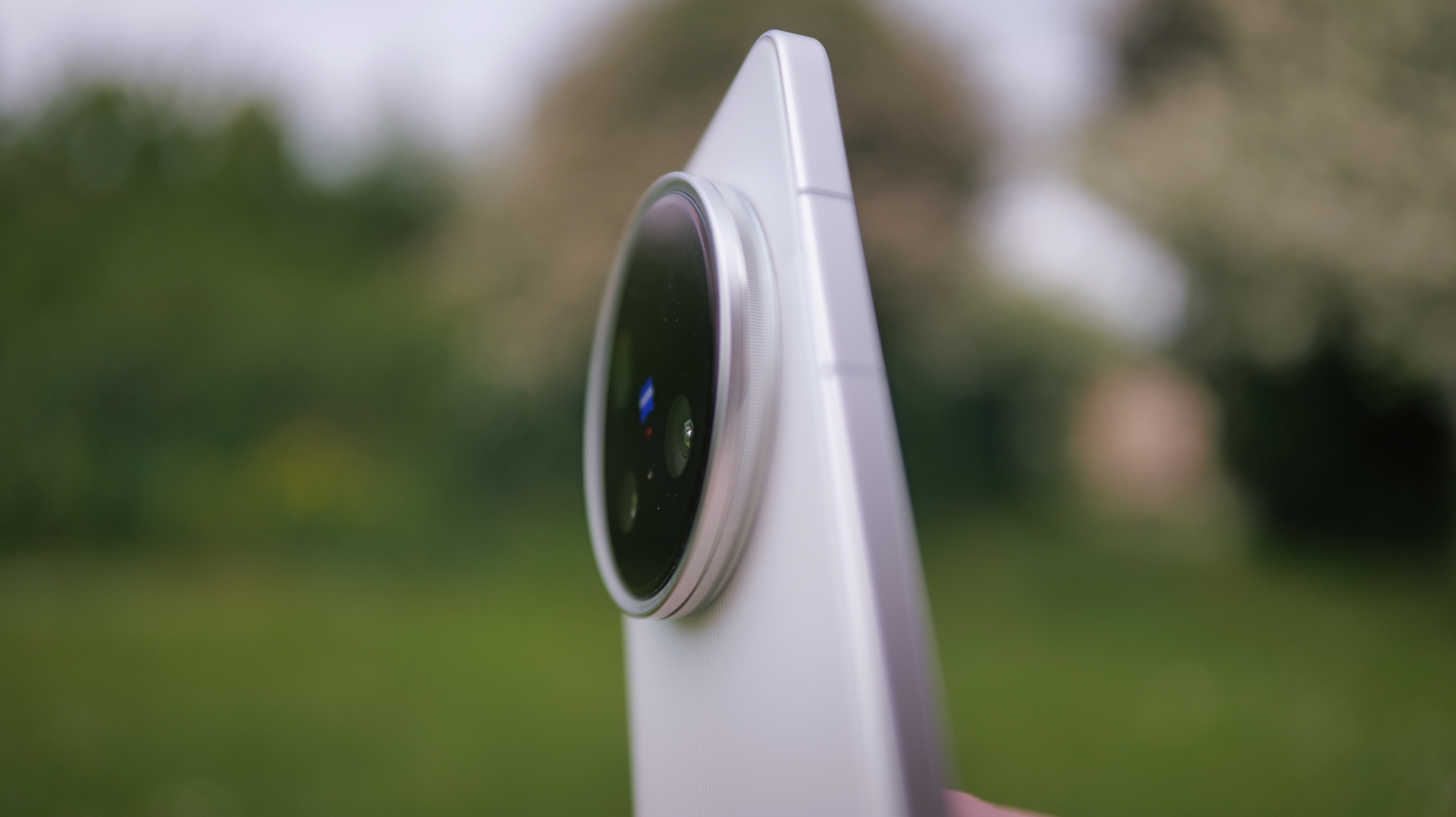Stop making camera phones thinner: it's bad for photography
The phone industry thinks we want super-slim phones. I don't.

It seems the phone industry may be working towards thinner and thinner camera phones. Earlier this year Samsung launched its thinnest-ever phone, the 5.8mm-thin Galaxy S25 Edge, and Apple is rumoured to have an equally svelte iPhone 17 Air in the works. Then there's the expected rise of the foldable phone. These require each section of the phone to be as thin as possible to keep the folded profile from being too chunky. When it comes to foldables, going thinner therefore makes sense, but I can see few benefits to making a conventional camera phone wafer-thin. Conversely, there are many downsides.

I'll use the Galaxy S25 Edge as an example here, as it's the newest and most extreme example of a thin non-foldable phone. Samsung is rumored to be doubling down on this design ethos for future Galaxy generations, and as a result it's been suggested that it may also postpone any significant camera hardware upgrades until 2028. There are other factors that could be influencing this hardware stagnation, but the move to thinner phones won't be helping. By compressing the thickness within a phone's chassis, you thereby also reduce the available space for camera hardware. Newer, larger image sensors are great for improving image quality, but they in turn require a bigger lens that covers that extra sensor area, and this also needs to be positioned a set distance from the sensor in order to correctly focus your subject. The only way to reduce the distance between sensor and lens is to shrink the sensor size, and that's never good for image quality.

It could be argued that one possible work-around is to utilize a periscope camera module, as these require lens elements to be arranged across the width of a phone's chassis, rather than front-to-back. However, a periscope lens still necessitates sufficient thickness within the phone body to accommodate the diameter of the lens elements (which are aligned at 90 degrees to the phone body), and as the sensor in such a module is also positioned facing across the phone, that too would have to be downsized in order to fit within a slimmer chassis, again compromising image quality. The only other option here is to slim down the phone but still retain a much thicker camera island/bump. While technically feasible, many find this design unsightly, and it leaves the exposed camera section more vulnerable to scuffs and chips, while also meaning the phone can never rest properly on a flat surface.

A thin phone is evidently bad news for camera quality, but it also leads to compromises elsewhere. Less space inside means a smaller battery and lower battery life, and consequently the Galaxy S25 Edge's 3900mAh battery is the smallest in the S25 range. Then there's the issue of heat management, which becomes harder to deal with when there's less space inside a phone for heatsinks. Samsung should be well aware of the perils of heat build-up within a phone by now though. In 2016 it was discovered that the Galaxy Note 7 had a fundamental design defect that resulted in its battery generating excessive heat and catching fire. The exact cause of this is said to be a lack of room within the phone, leading to the battery being crushed during thermal expansion and its electrodes then shorting out. Evidently, taking space-saving to extremes can be dangerous as well as just undesirable.

Finally, there's the issue of ergonomics. While a thin phone may be handy for slipping into a tight clutch bag, it's less than ideal to actually use. Gripping on to those wafer-thin edges is tricky at best, whether you're using the device for calls, or as a camera. Of course you could just protect the phone with a case, and you'd be very wise to, but then that partly negates the thinness of the phone. Heck, even speaker quality has the potential to be deteriorated, as the size of the speaker driver must be reduced in order for it to fit inside a thinner phone.
So there you have it. The camera phone may be getting a sliver thinner and a fraction lighter, but I personally don't think it's worth the numerous compromises which must be made.
The best camera deals, reviews, product advice, and unmissable photography news, direct to your inbox!
Ben is the Imaging Labs manager, responsible for all the testing on Digital Camera World and across the entire photography portfolio at Future. Whether he's in the lab testing the sharpness of new lenses, the resolution of the latest image sensors, the zoom range of monster bridge cameras or even the latest camera phones, Ben is our go-to guy for technical insight. He's also the team's man-at-arms when it comes to camera bags, filters, memory cards, and all manner of camera accessories – his lab is a bit like the Batcave of photography! With years of experience trialling and testing kit, he's a human encyclopedia of benchmarks when it comes to recommending the best buys.
You must confirm your public display name before commenting
Please logout and then login again, you will then be prompted to enter your display name.

